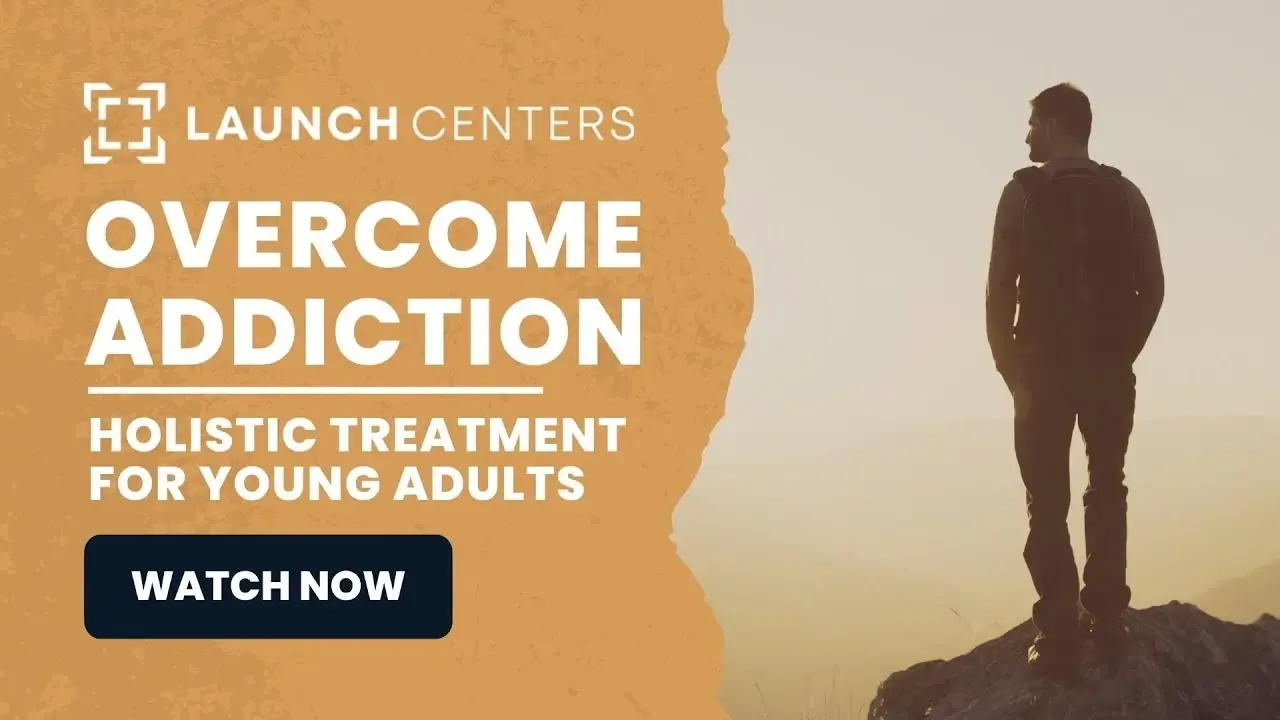Alcoholism
Every day in the United States, six people die from alcohol poisoning. The CDC (Center for Disease Control) estimates that alcohol dependence is a contributing factor in approximately 30% of these deaths. Despite the popularly held perception, alcoholics may not be able to “hold their booze”- in fact, almost a third of lethal intoxication incidents strike those with an identifiable tolerance to alcohol.
The Department of Health and Human Services defines moderate drinking as two drinks or less per day for men, and one drink or less per day for women. Meanwhile, the NIAAA (National Institute on Alcohol Abuse and Alcoholism) characterizes binge drinking as the consumption of four or five alcoholic beverages in a span of two hours.
Empower yourself by examining your own behavior and cravings. Answer the following questions honestly and ponder your results seriously.
Launch Centers provides an alternate path to the helplessness and hopelessness of addictive behavior. We offer therapy sessions to discuss your concerns, and life skills seminars to substitute destructive patterns with more constructive activities. Taken in combination, these dual dynamic disciplines pave a path to clarity and productivity.
Alcoholism is as complicated as genetics and human development; some people struggle with dependency issues while others never seem to be affected. It is the classic nature/nurture debate, but it feels personal. Why is this happening to me?
Launch Centers can help you answer these conundrums by equipping you with valuable skills and confidence. By taking control of your environment, you are making a conscious choice to leave alcoholism behind and choose sobriety instead. The world can become brighter as your possibilities and potential flourish.
Contact Launch Centers at your earliest convenience. Your new life is just waiting to begin, and it all starts with a simple click.





